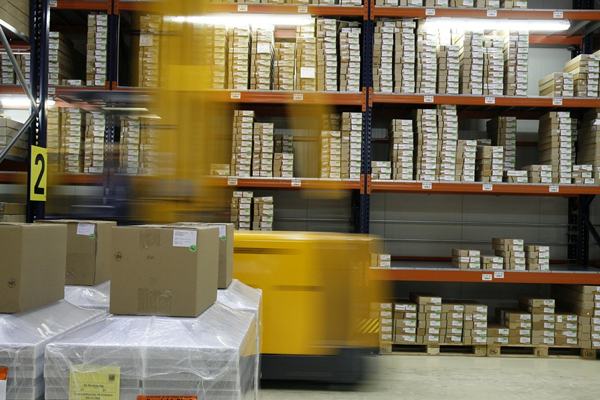
COVID-19's global spread has created a tumultuous environment for supply chains everywhere. While some are experiencing more disruption than others, no one is immune to difficulties during this time. We will most likely not return to the supply chain environment that we previously knew, meaning new supply chain realities will emerge as companies work to become more agile in order to meet customer needs and keep their businesses afloat.
A key distinction for supply chains during this time will be avoiding disruption before destruction—disruption meaning delays in processes and results, and destruction signifying complete cancellations without repair. COVID-19 has proven to be both disruptive and destructive on a global scale, causing major merchandise shifts. With a reduction in "wants" merchandise and an increase in "needs" merchandise, supply chain professionals can expect to see the following changes during the coming weeks, months and years.
Supply Chain Response
The industry can expect to see consumer product goods (CPG) companies and manufacturers fast-track their supply chain strategies to compete with retailers. In turn, retailers might respond by producing more branded merchandise to counteract the threat. We can also anticipate more localized assortments of inventory positioned for pickup, such as "buy online, pickup in store" (BOPIS), as retailers move to decrease human interaction while brick-and-mortar stores remain closed. In order to facilitate fully functional digital processes that allow for optimized shopping experiences at this time, supply chains must become more digital.
IoT and RFID: Time to Invest
Now is the time to invest in digital technologies. Prices are dropping around many digital offerings that could be useful to supply chains during this period. For example, door sensors that can read RFID signatures are experiencing major price drops, as well as the hardware for enterprise data storage, increasing the capacity of data storage that companies have available to them. With some retailers facing lowered demand and others facing too high a demand for their capabilities, these lowered prices offer an opportunity to invest in digital technologies that will optimize processes at a time when digital is the key to surviving.
RFID: At Work in the Warehouse
RFID tags are an effective, automated way of storing important data in pursuit of full inventory visibility. RFID requires that every product have a tag, which will produce data about what is inside a particular package or case. However, with high demand SKUs multiplying due to changing e-commerce trends, RFID tags require constant programming and updates during the packing process before anything can be shipped.
If overseen correctly, RFID has the potential to automate the audit and piece-counting process for carrier drivers and warehouse dispatch staffers. This provides automation potential, with SKU data, to enable a fully automated warehouse and distribution network. With the labor force of supply chains being so heavily impacted by COVID-19, any additional automation capabilities can be a supply chain's saving grace. Having those in place will not only help supply chains endure this difficult season, but also help them to be prepared for any future disruptions, keeping their supply chains from crumbling when the workforce becomes compromised.
IoT and RFID: Working Together to Optimize Inventory
The IoT and RFID are not mutually exclusive—in fact, they are quite the opposite. Each tool relies on the other to unleash the collective potential to businesses. The Internet of Things can only work if every "thing" has a sensor to read RFID data. Additionally,RFID data is useless if there are not IoT devices to read and respond to that data. There are plenty of devices in warehouses that can be utilized as IoT devices, such as forklifts, dock doors, reusable pallets, shipping labels, wearables and generally any devices that can collect and transmit data.
RIS News' 2020 Retail Tech Study found that 30 percent of retailers are upgrading to RFID in their supply chains or plan to do so within the next two years, while 17 percent will upgrade to real-time inventory visibility within the next year. In today's digital age, every device mentioned above can be programmed with sensors and be utilized to read RFID data in an effort to improve inventory accuracy and visibility.
At a time when social distancing is sweeping the world and changing the face of retail, the companies that survive will be those that take the leap into digitizing their supply chain processes with IoT and RFID.
(Sharing from:  rfidjournal.com, If it is debatable, please contact us to delete)
rfidjournal.com, If it is debatable, please contact us to delete)

 rfidjournal.com, If it is debatable, please contact us to delete)
rfidjournal.com, If it is debatable, please contact us to delete)